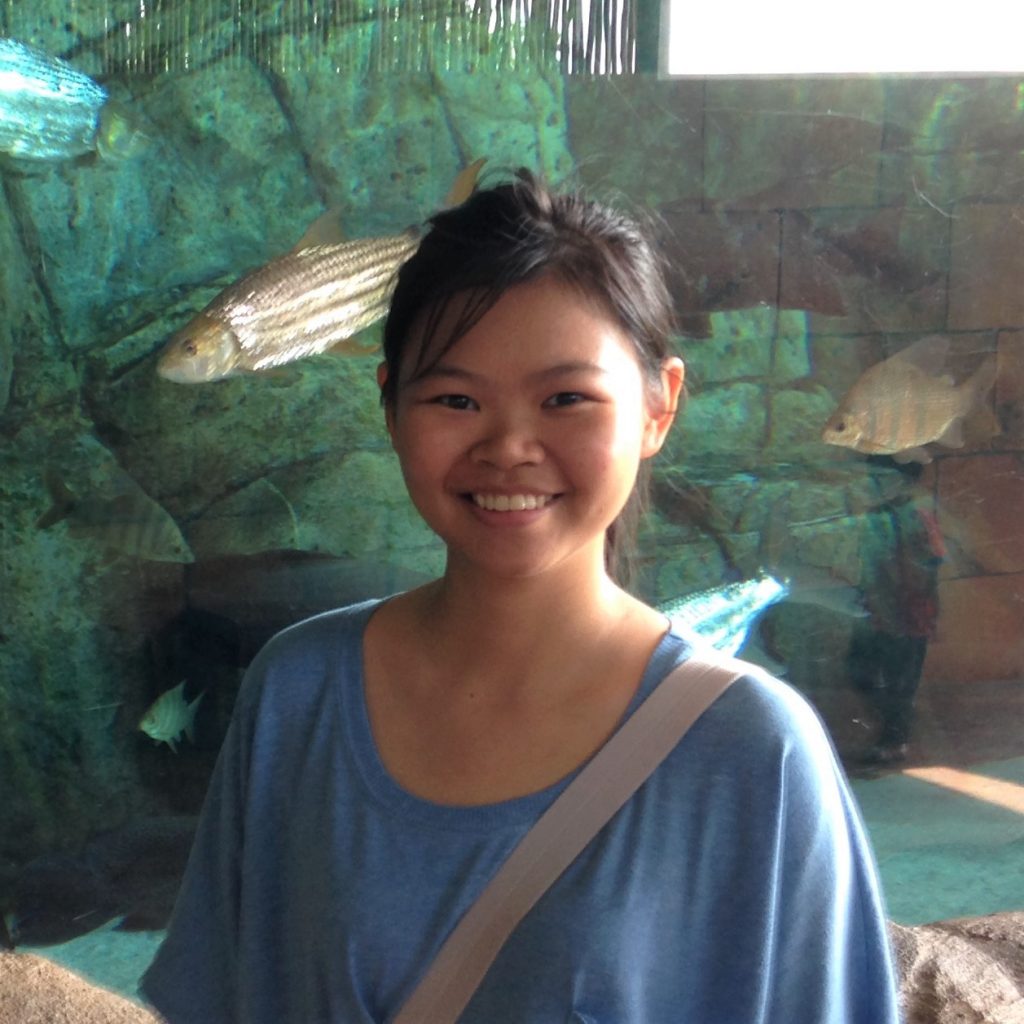Singapore is home to a diversity of marine life that many might not know of. I often join ecological surveys of our intertidal areas on the mainland and offshore islands/reefs of Singapore. Recently, I visited the northern shore of Pulau Semakau, an offshore island in Singapore that was partially reclaimed with the whole of Pulau Sakeng to form Singapore’s one and only landfill, the Semakau Landfill.



With good environmental planning, measures were taken during construction of the landfill to protect the original seagrass beds, coral reefs and mangroves on Pulau Semakau. During a recent survey, we saw various kinds of hard and soft corals, crabs, squids and nudibranch (a group of soft-bodied marine slugs). It sure was a different shoreline to see compared to a public beach on the mainland! However, I was sad to see some coral bleaching due to the recent higher sea temperatures. Due to the diversity of habitat types, Pulau Semakau and nearby islands and submerged reefs have been recommended by the Singapore Blue Plan 2018 for Immediate Conservation Priority.

Apart from climate change leading to warmer waters, land reclamation and marine debris are also threats to our marine ecosystems. To date, Singapore has lost much of its original coastal habitats due to land reclamation. Despite the 2030 Landuse Plan by the Ministry of National Development released in 2013 suggesting a possible reclamation of the eastern shore of Pulau Semakau, I hope that our last remaining natural shores could be saved from such a fate.
The problem of marine debris is a global issue that traverses country boundaries and stems from improper waste management and our use-and-throw culture. Although Singapore has good waste management, we could play our part by disposing of our trash responsibly and reducing our consumption of single-use plastics. With less waste generation, we could prolong the lifespan of Semakau Landfill and reduce the need for alternative landfill spaces to conserve the little remaining terrestrial and marine ecosystems that we have left.

Article contributed by Ms Joleen Chan, NUS Class of 2015, Life Sciences (specialization in Environmental Biology)


